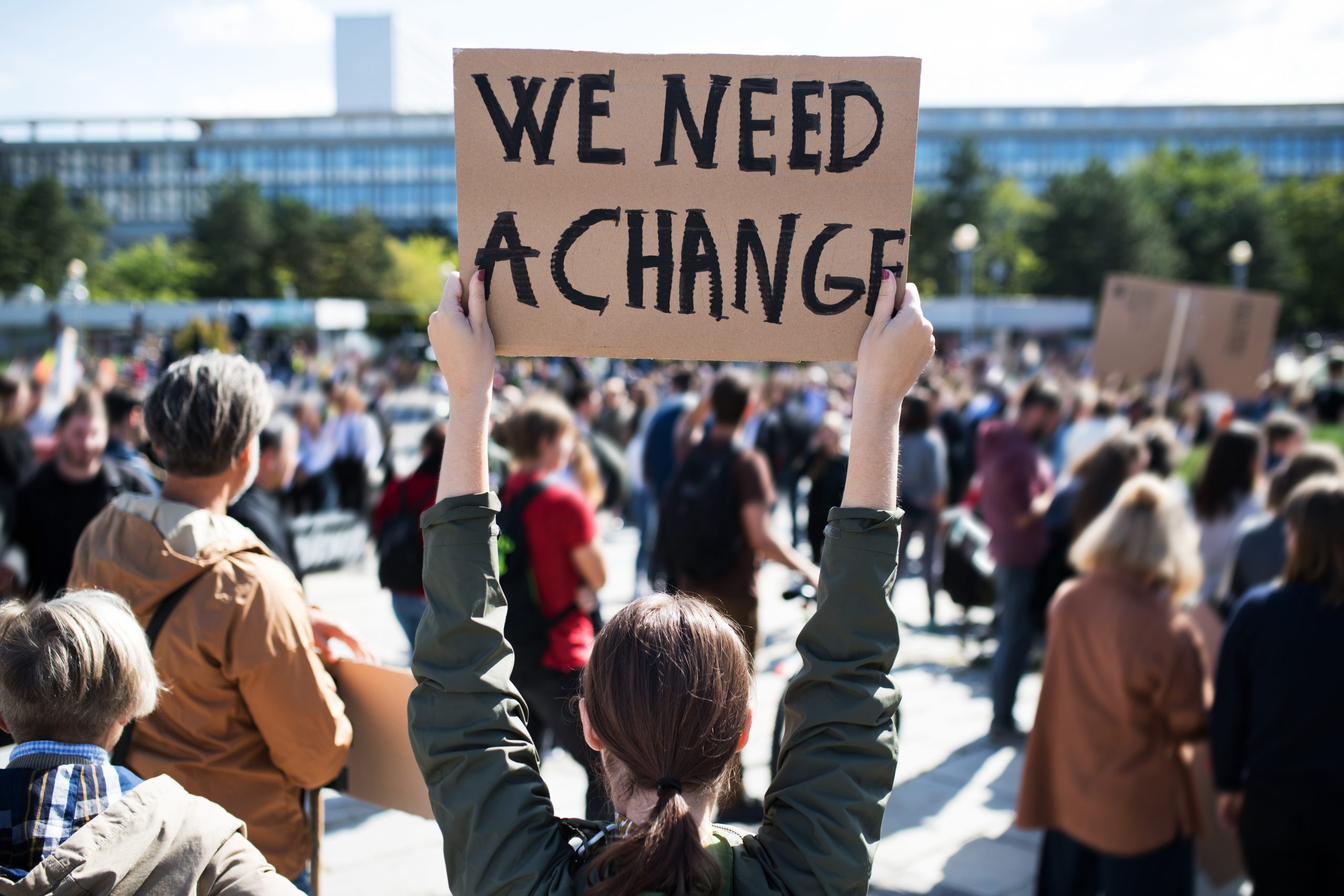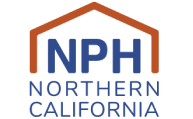RELEASE: New Reports on Bay Area Housing Costs Demonstrates Need for CA Legislature and State Budget to Prioritize Affordable Housing Now
The Policy Pipeline: April 30, 2021
April 30, 2021
Shelterforce: Racial Justice Calls Bring New Funders to Community Development
May 7, 2021
May 6, 2021 (San Francisco Bay Area) – In anticipation of the release of Governor Gavin Newsom’s May Revision to the 2021-22 state budget proposal, and as affordable housing advocates and supporters across the Bay Area kickoff Affordable Housing Month, a new set of reports from California Housing Partnership provides a glimpse into the reality of people living and working severely housing cost-burdened in the Bay Area.
The new data show that a significant majority of the Bay Area’s extremely low-income households are spending more than half of their earnings to pay rent, leaving little money to pay for other necessities, such as food, transportation, diapers, and other necessary bills and household costs.
“The severe shortage of affordable housing in the Bay Area, along with the fact that the state budget currently contains a historic surplus, clearly demonstrates that state lawmakers have a unique opportunity and moral incentive to prioritize the production of affordable homes now,” said Pedro Galvao, Non-Profit Housing Association of Northern California (NPH) Policy Director.
Key findings from the reports include:
- Across the nine Bay Area counties, nearly 70% (69.6%) of extremely low-income households are severely cost burdened, meaning they spend more than half of their income on housing costs alone. This is compared to the only 1% of moderate income households on average in the Bay Area who are severely cost burdened.
- The median rental prices for each Bay Area county are out of reach for
working people earning the minimum wage (and beyond), as the median rental price in each county requires a wage of at least $31.43/hour — and up to $55.69/hour in San Francisco County.
- There is a shortfall of 207,618 affordable homes spanning the nine counties.
“It doesn’t have to be this way,” said Amie Fishman, NPH Executive Director. “We already know what must be done to make real progress toward housing justice, which includes preventing homelessness, producing more affordable housing, preserving existing affordable housing and long standing neighborhoods, and protecting tenants from displacement. What is needed now is the political will and courage to do what is right for all of us. Because when our neighbors thrive — especially our Black, Indigenous, Latinx, Asian, and all people of color neighbors, who suffer disproportionately from exclusionary housing policies — we all thrive.”
“As state leaders prepare to finalize the coming budget, we urge them to also set clear long-term goals so that the uses of this year’s surplus are framed as downpayments on the sustained investments at scale that our region and state need. The Roadmap Home 2030 offers four clear goals with a long-term path to end homelessless, close the affordable housing gap, protect low-income workers, and advance racial equity,” said Matt Schwartz, President and CEO of California Housing Partnership.
As the reports underscore the severe housing cost burden experienced by Bay Area workers with extremely low incomes, there are opportunities for meaningful change that can advance housing justice for all our neighbors, regardless of their race or income. NPH recommended solutions include:
- Invest $3 billion in order to clear the California Housing and Community Development (HCD) backlog of shovel-ready affordable housing developments and start building today — creating desperately needed homes for Bay Area workers.
- Invest $18.5 million for pilot programming for the Bay Area Housing Finance Authority (BAHFA), so it can begin its critical work of addressing the region’s housing and displacement crises.
The reports also includes several statewide policy recommendations designed to provide relief to low-income families struggling with unaffordable and unstable housing, including:
- Initiate a $10 billion statewide housing bond to fund five more years of affordable housing for low income families and people experiencing homelessness.
- Permanently fund local governments to implement flexible homelessness solutions by recapturing $2.4 billion per year lost through corporate tax loopholes and reductions.
- Make permanent the $500 million expansion of the state Low-Income Housing Tax Credit to increase affordable housing production through public/private partnerships.
###
View the full set of Bay Area Reports:
- View the Alameda County report.
- View the Contra Costa County report.
- View the Marin County report.
- View the Napa County report.
- View the San Francisco County report.
- View the San Mateo County report.
- View the Santa Clara County report.
- View the Solano County report.
- View the Sonoma County report.

